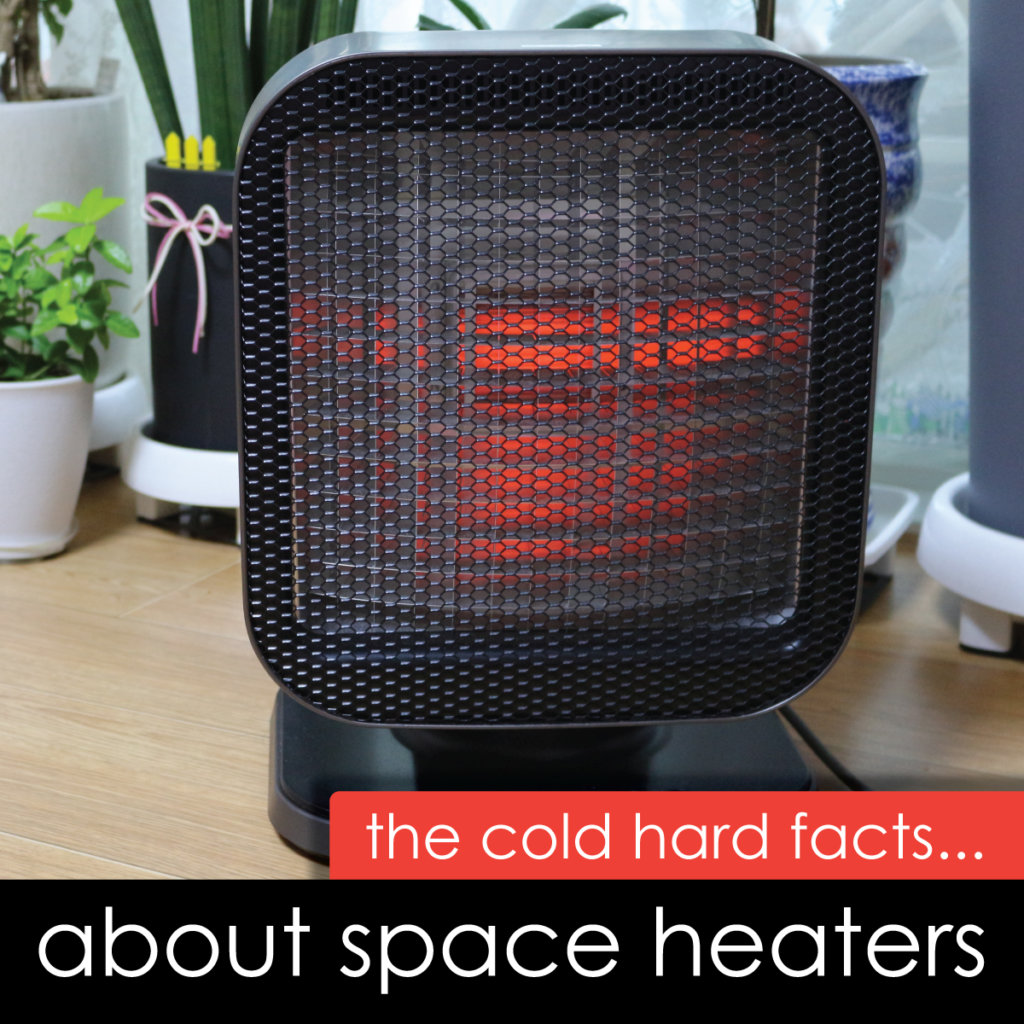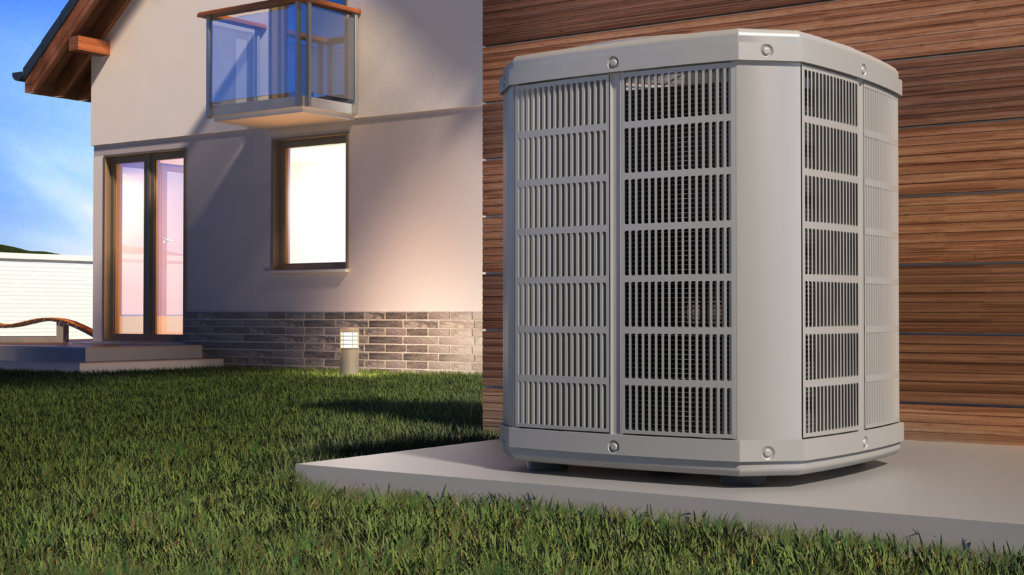Take steps now to save money later
Heating our homes is one of the largest users of energy during winter months. As temperatures drop, more energy is required to keep our home warm even if we don’t touch the thermostat.
Below are simple steps you can take to reduce the amount of energy it takes to keep you and your family comfortable this winter. Find more tips at www.nolinrecc.com.
- Check for gaps in your walls around windows, doors and holes in exterior walls where cords and cables enter the house. Cool air that leaks into the house through those gaps can compete with the warm air your heating system pumps. Keeping cool air outside where it belongs will mean your heating system doesn’t have to work as hard to keep your family comfortable.
- Lower the temperature in your home. Even 2 degrees can make a difference in the amount of energy used without drastically impacting comfort.
- Install a programmable thermostat. Many thermostats have “eco” settings to help maximize energy savings. Set temperatures lower when no one is home or when everyone is sleeping. Make sure to check out our SimpleSaver program – it can save you even more if you are eligible!
- Reverse the direction that your ceiling fan blades spin. A clockwise movement pushes warm air back down into the room, which can make people in the room feel warmer.
- Replace or clean the filters in your HVAC system. A clogged filter blocks air from flowing through, which makes your system work harder and use more energy.
- Make an appointment with an HVAC service to inspect your heating system and repair any problems before it gets really cold outside. Spending a little on maintenance now could head off a more costly problem later.
- Avoid using space heaters. Space heaters use a deceptively large amount of energy. Just one 1500W space heater running continuously for 30 days can contribute more than $100 to a bill!
We may not be able to stop the low temperatures outside, but we CAN take steps to make our homes ready. A little preparation now can mean big savings later.
Learn more about winter heating and the impact it has on your electric bill on Episode 6 of our podcast Wire-to-Wire with Nolin RECC.
Tools we offer to help you save energy and money
FREE Smarthub app to monitor usage
Virtual Home Energy Assessment
SimpleSaver Thermostat Program
Find information about these and more ways to save HERE

Remember that using an electric space heater can cause your monthly bill to spike. Just one 1500W space heater running continuously for 30 days can contribute more than $100 to a bill!
Your heat source matters!
Learn more about how different ways to heat your home impact you bill in our Winter Heating episode of our podcast Wire-to-Wire with Nolin RECC.
Find more information about what uses energy in your home HERE and ways to reduce the amount of energy you use HERE. Controlling your energy use can reduce your energy cost.
How does a heat pump work?

Understanding Your Heat Pump
Do you have a heat pump? Do you know how it works?
Most people who have a heat pump don’t understand how their system works. A heat pump is nothing more than an air conditioner that has the capability of running in reverse. It is designed to heat or cool you home with a 20 or more degree temperature difference. This means the air coming out of the vents should be 20 or more degrees cooler or warmer than your return air temperature depending on whether you’re in cool or heat mode. In cool mode your heat pump takes the warm in your home and moves it outside through the refrigeration process. When you switch your thermostat to heat mode, the reversing valve in your outside unit reverses the direction of the refrigerant in your system. This causes your system to take the heat in the air outside and move that heat inside your home through the same process. This allows the heat pump to gradually warm your home to the desired temperature.
Inside your heat pump is a backup source of heat often referred to as emergency heat or auxiliary heat. We refer to this as strip heat or heat strips, and they are the same type of heat that you would have in an electric furnace. The strip heat can come on in one of three different ways during the cold winter months. The first is emergency heat, this is when you physically move a switch or press a button to put the thermostat into emergency heat. Emergency heat is the most expensive way to operate your heat pump and it should only be used when necessary. When in emergency heat the outdoor unit is turned off and the system is essentially running as an electric furnace.
The second way your heat strips can run is in auxiliary heat. Your thermostat will normally turn on the heat strips automatically when there is more than a two degree difference between the set temperature and the room temperature. Auxiliary heat runs with the heat pump to provide a boost to help the system reach the desired temperature.
The third way your heat strips will run is when your system is in its defrost cycle. During this cycle, your heat pump will reverse the flow of refrigerant, as it does in cooling mode, and will essentially apply heat to the outdoor unit to defrost it. This defrost cycle should only operate when temperatures are below freezing. The thermostat will also turn on the heat strips to keep the house from getting cold during this short defrost cycle.
Because auxiliary heat and the defrost cycle both run with no human intervention and in conjunction with the heat pump to keep your home warm, your electric bill may be higher by $100 or more during cold winter months. This is why your usage can go up when you are asleep or even when you’re not at home. Anytime the heat strips are running, the cost to heat your home can increase drastically.
You should now have a better understanding of how your heat pump runs and how it can dramatically increase the usage in your home. It is important to know that an electric heat pump is still much more energy efficient to operate than a furnace or space heaters. However, a malfunctioning heat pump can be one of the leading contributors to an abnormally high electric bill, and we recommend maintaining your unit through servicing and routine filter replacement. Also, keep a consistent temperature on your heat pump thermostat settings for maximum efficiency.
Want to know how you can prevent surprise bills? Be sure to check out our usage alerts in SmartHub! These alerts will let you know anytime your usage exceeds a pre-determined level that you get to choose. This feature of SmartHub is a good tool to quickly identify issues such as malfunctioning heat pumps or water heaters. Visit www.nolinrecc.com/energy-savings/ for a “how to” video to help you set up usage alerts as well as lots of additional resources to help you reduce your energy use.
If you notice an abnormal and unexpected increase in your electric bill that seems to be more than a normal seasonal variation, feel free to contact us at 270-765-6153. We will be happy to help you review your usage and identify potential causes of the high bill.
